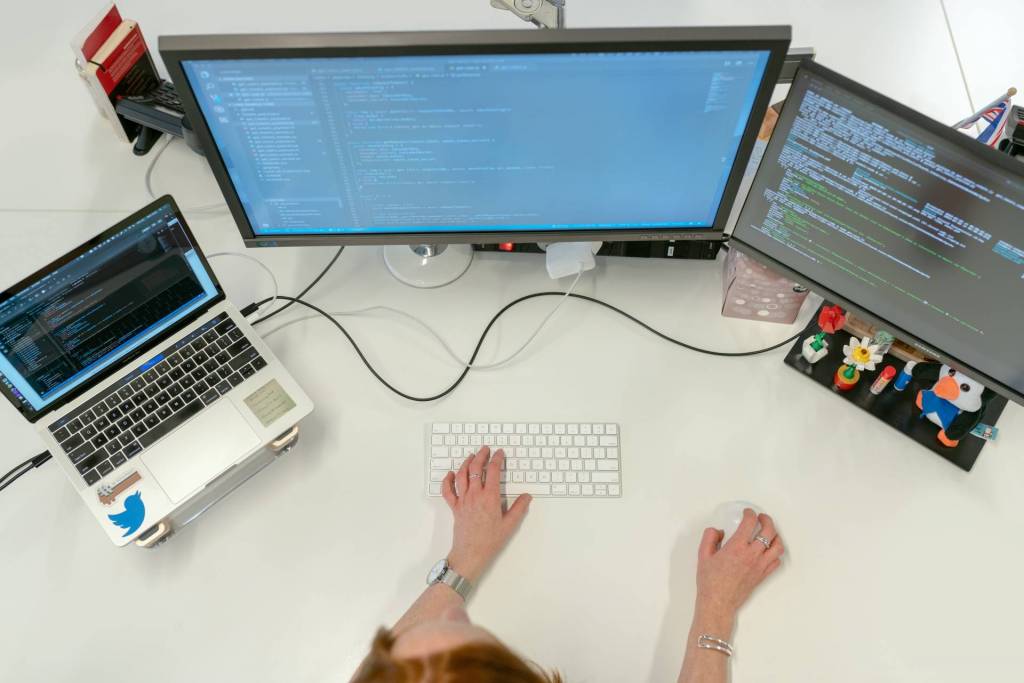Through experience I have learned that in order to accelerate in any environment, you must take follow a common trend: Learn, Build and Execute. You can’t build a highly innovative project, without acquiring skills and knowledge. Saying this, you can’t execute a project into production without first learning about what you are going to build and then creating it. Even after you execute, you must review the process and learn from your mistakes for future engagements. While at work, when I get assigned a specific project, I tend to review all material surrounding that project before jumping into document creation. This way, you won’t miss out on key facts or information that may aid in the development of the material your creating. Sometimes after building my projects contents, I will go back and learn more, but I always push towards execution. If you are given a time limit or launch date for your project, you must know when to executive and when to keep learning in order to push the project forward. In general, I have listed what I feel an effective work process lifecycle is below:
Learn: Learn your job and the technical and communication skills that coincide with it.
Build: Build your projects and the tasks required of you through guidance from mentors, previously successful ventures and through research.
Execute: Execute your projects by proving value to your manager and demonstrating effectiveness.





